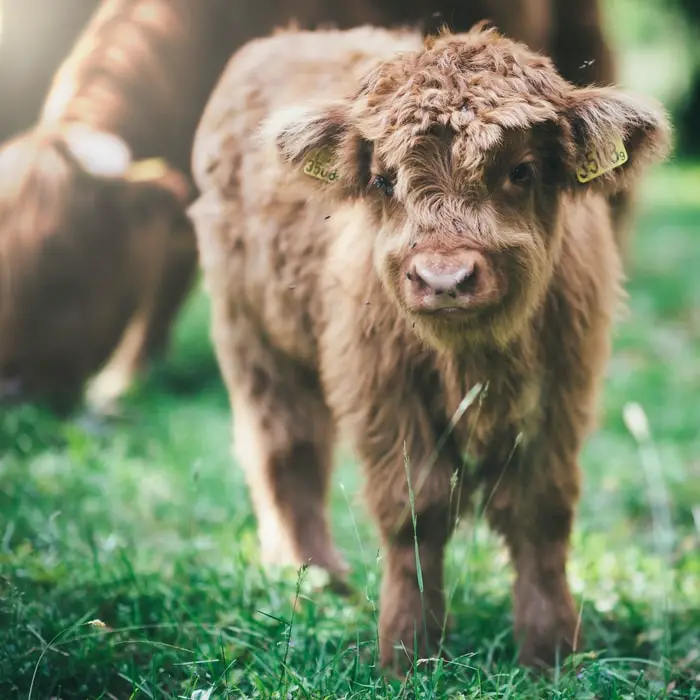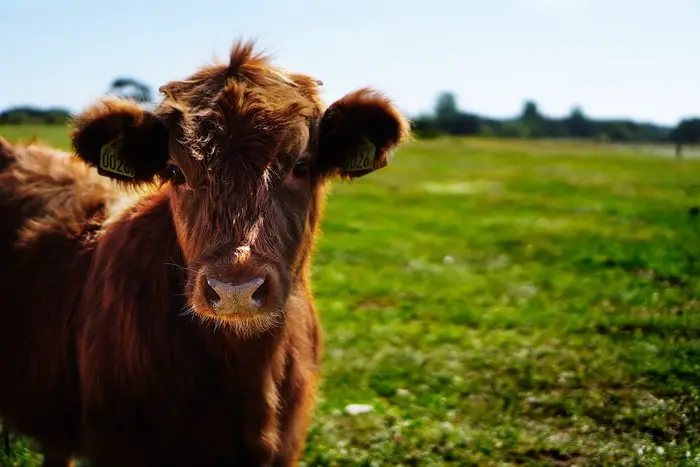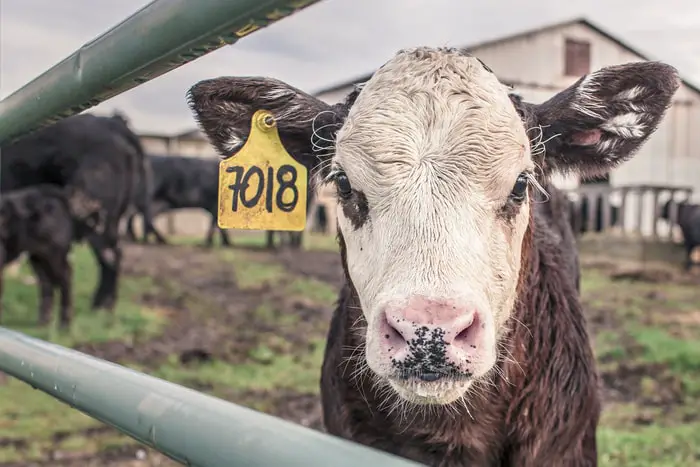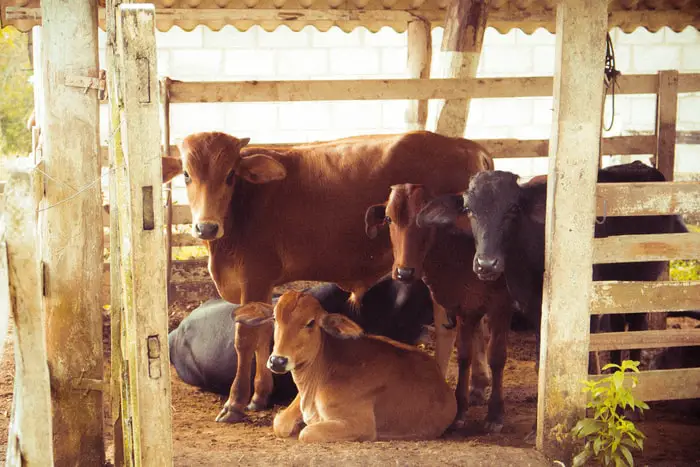Calf Scour is the most economically significant disease of a dairy farm. Calf scours are not a single disease; it instead is the manifestation of many diseases associated with calf diarrhea. The affected calf becomes dehydrated due to diarrhea, loss of a considerable amount of fluids and electrolytes from the body, and inhibits the absorption of essential minerals. The calf becomes dehydrated, weak, scouring causes acidosis, and infection by the opportunistic bacteria ultimately leads to death.
Economic Effects of Calf Scour in Farms
A profitable dairy farm is the asset of a nation. Healthy calves are the most crucial part of a dairy farm. Calf scours the leading cause of death in newborn calves. The economic importance of Calf Scour are many and in many aspects:
- Calf mortality hampers the profit of your farm.
- Treatment cost for the affected calf.
- Recovered calves are physically weak.
- The production performance of the recovered calves reduced.
- Extra labor cost for the diseased calves.
- Cost of vaccination, veterinarian, and medicines.
Causes of Calf Scour
Calf scours is not a single disease. It is the combination of the many infectious and non-infectious agents associated with the disease. The causal agents of calf scours involve bacteria, viruses, parasites, protozoa, and molds. The most common bacteria responsible for calf scour are E Coli, Salmonella, and Clostridium perfringens. The viruses causing scour in the calf are Rotavirus, Coronavirus, Bovine Viral Diarrhea Virus, and Infectious Bovine Rhinotracheitis. Few protozoan species like Cryptosporidium and coccidiosis are responsible for calf scours.

The non-infectious causes of calf scours are inadequate nutrition to the pregnant cow at the later stage of pregnancy, dirty and polluted calf pen, overcrowding of calves, and less care of newborn calves. Summer and rainy seasons are favorable for the pathogens and challenging to maintain health and hygiene. Colostrum is a vital part of developing immunity. Lack of colostrum feeding increases the risk of getting various infections to newborn calves, including calf scours.
Clinical Signs of Calf Scours
Calf scours the single most important cause of calf mortality under two months of age.
- The most signs are diarrhea, dehydration, loose feces, foul-smelling in the feces, and faces containing blood or mucous or combination of both.
- The feces’ color may be green, yellow, grey, brown, or red due to the presence of blood.
- The affected calf becomes weak, lethargic, unable to stand due to weakness, unable to suck milk, and lies on the floor, keeping the head on the ground.
- Acidosis and toxemia developed in the later stage of the disease.
- The calf is also affected by other organisms like Salmonella, E Coli, and Cryptosporidium frequently presents in the barn.
- Inflammation in the joint and swelling of the joints is common in the later stage.
- Fever or hypothermia may be seen. The mucous membranes are pale, reddening of eyeballs due to bleeding, and skin becomes irregular.
- If the calf left untreated, it might die within 24 hours.

Diagnosis of Calf Scour
Calf scours can be diagnosed with the history, clinical signs, and laboratory diagnosis of the causal agents. The systematic diagnostic procedures are:
- History of inadequate nutrition of the cow during pregnancy.
- The previous occurrence of the disease in the same herd.
- Hygienic condition of calf house.
- Diarrhea is the most prominent clinical sign with dehydration.
- Examination of the feces for the presence of bacteria, protozoa, and parasites.
- Examination of feces for the presence of viruses, especially PCR.
- Blood test for the presence of acidosis.

Treatment of Calf Scours
There is no specific treatment available for calf scours. The treatment given by your vet is mainly as per the symptoms. The treatment strategy is mainly to stop diarrhea, recovery of the dehydration, and bring back the strength of the affected calf. The procedures of treatment include:
- Oral Rehydration Saline (ORS) or IV administration of 5% Glucose or 0.9% Normal saline (if fever) or electrolytes.
- Metronidazole or Secnidazole to stop diarrhea.
- Broad-spectrum antibiotics like Oxytetracycline or Gentamycin.
- You can give appetizers to increase the appetite.
Prevention and Control of Calf Scour
Prevention is the most important in calf scours than treatment. The prevention measures are a year-round program for raising calves. The prevention measures include management, vaccination, feeding colostrum, housing, and hygienic measures. The prevention procedures are:
- Vaccination to all pregnant cows before 12 weeks of calving against E Coli, and Rotavirus.
- Colostrum is the most important for the development of immunity in newborn calves. You must ensure adequate colostrum feeding to your calves initial 5-7 days after birth.
- Housing is another important aspect of young calves. The calf house should be clean, dry, and disinfected daily. There will be no overcrowding in the calf house.
- You must maintain strict hygiene and sanitation of your calf house, equipment, feeding bottle, and supply clean water.
- You must separate the affected calf from the healthy one.
- Feed a balanced diet with protein, carbohydrates, vitamins, and minerals.
- Maintain an optimal temperature (38-39 C) in the calf house and well ventilation facilities.
- Regular followup of the affected calves by an expert vet.

Final Advice on Calf Scour
A healthy calf is key to the success of a dairy farm. Calf scours one of the leading causes of death in the dairy industry. The knowledge I have shares in the above article is essential for the farm owner. If you maintain your farm’s hygiene and take adequate preventive measures, you can control 90% of the cases without treatment. If the above information helps you, please share it with your friends through social media.